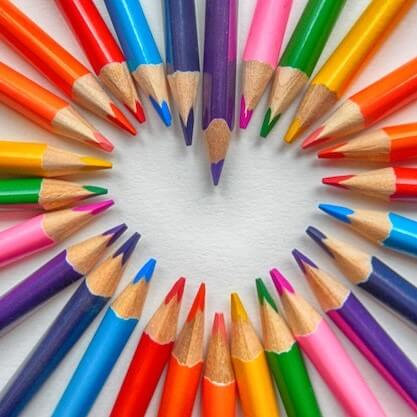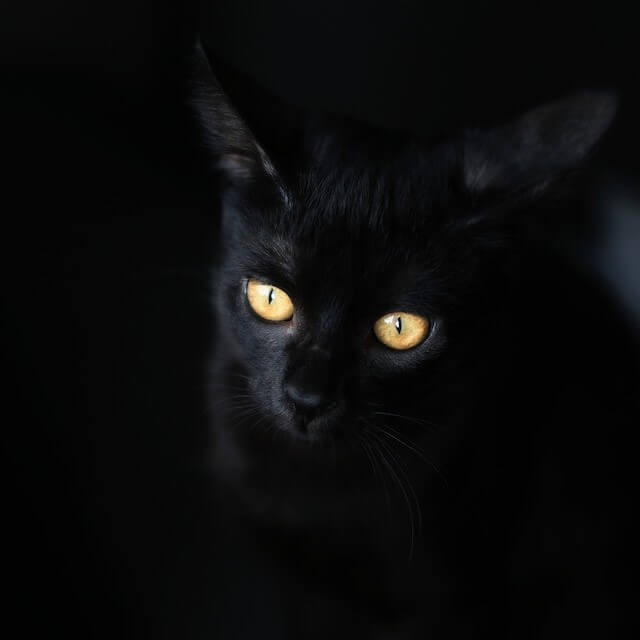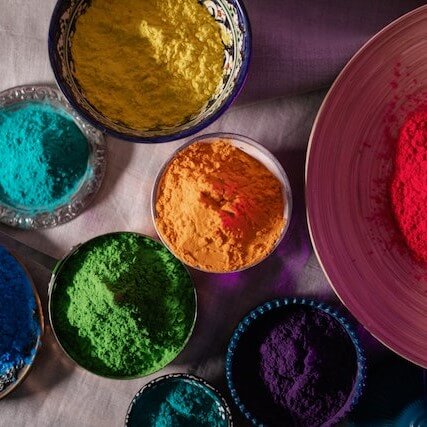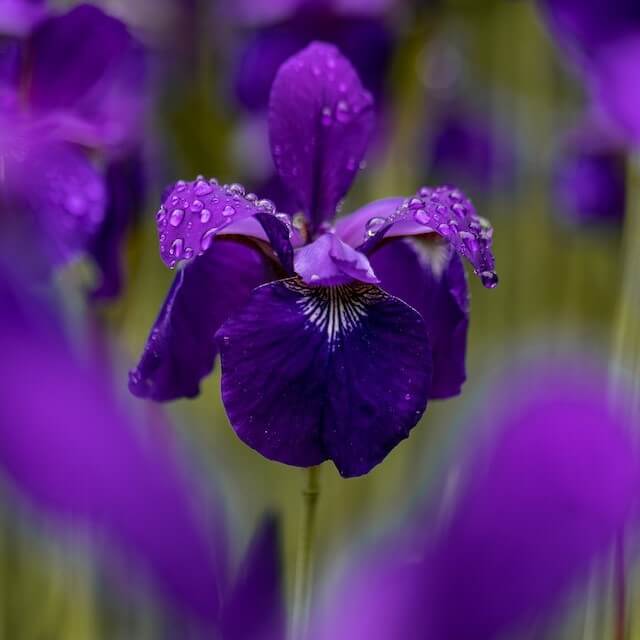























Historical Significance:
Historical Significance: Historically, red has always been one of the first colours to be utilized by humans, primarily because red pigments can be easily extracted from the earth. Ancient cave paintings, such as those in Lascaux, France, depict animals drawn in red ochre. Throughout history, red dye was difficult and expensive to produce, which often made it a colour reserved for the wealthy or for those of high status. In Ancient Rome, for example, senators wore togas with a red stripe to indicate their position, and in China, red has historically been a colour of good luck and fortune, often used in celebratory occasions.
Cultural Meaning:
Culturally, red has been embraced and interpreted in myriad ways across different societies. In China and many other East Asian countries, red symbolizes luck, joy, and prosperity. It's often worn by brides as a symbol of happiness. In Western cultures, red is commonly associated with love, passion, and desire, hence its connection with Valentine's Day. However, it can also symbolize danger, anger, or warning, as is evident in stop signs and red lights. In some African cultures, red is a colour of mourning, representing the blood of life and the earth.
Symbolic Meaning:
Red is universally associated with strong emotions. It's the colour of the heart and blood, symbolizing life, vitality, and primal energy. As the colour of fire, it's also linked to warmth, transformation, and purification. In religious contexts, red has its place too. In Christianity, for example, it represents the blood of Christ, sacrifice, and the Holy Spirit, especially in the context of Pentecost. In the chakra system of Indian tradition, the colour red is associated with the base or root chakra, representing grounding and survival instincts
In conclusion, the colour red's profound historical roots and varied cultural interpretations make it one of the most powerful and evocative colours in the human experience. Its ability to signify everything from passion and love to danger and sacrifice speaks to its versatility and deeply rooted significance in human history and psyche.
Red grabs attention, evokes urgency and shouts confidence.
STOP - WARNING! | STOP - DANGER! | STOP - SALE!
Traffic lights | Urgent road signs: STOP | Red triangle warning signs | Unhealthy indicator on food packaging
Brands | Virgin | Coca Cola | YouTube | Colgate | CNN | McDonalds
The complimentary / opposing colour = greenSee red. (anger)
To be in the red. (to be in debt/owe people money; the opposite to “in the black)
Caught red handed. (to be caught stealing)
Raise a red flag. (a warning)
Paint the town red. (a night out with lots of fun)
Roll out the red carpet. (give someone a warm welcome/special treatment)
"Bright reds - scarlet, pillar-box red, crimson or cherry - are very cheerful and youthful. There is certainly a red for everyone." - Christian Dior
"Designers want me to dress like Spring, in billowing things. I don't feel like Spring. I feel like a warm red Autumn." - Marilyn Monroe
"I love bright red drinks, don't you? They taste twice as good as any other colour." - Lucy Maud Montgomery